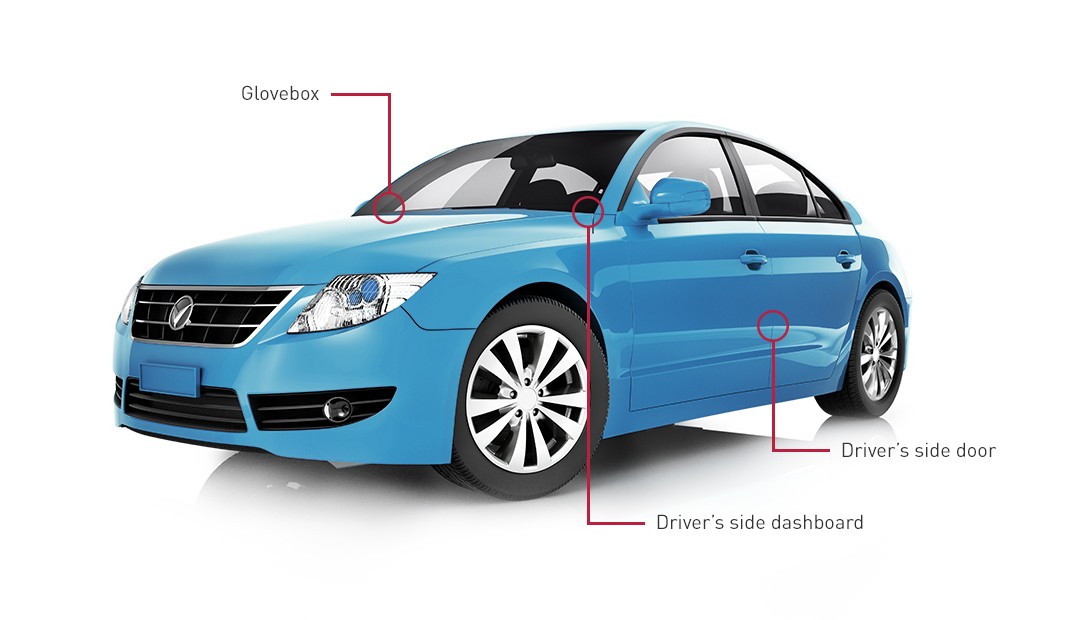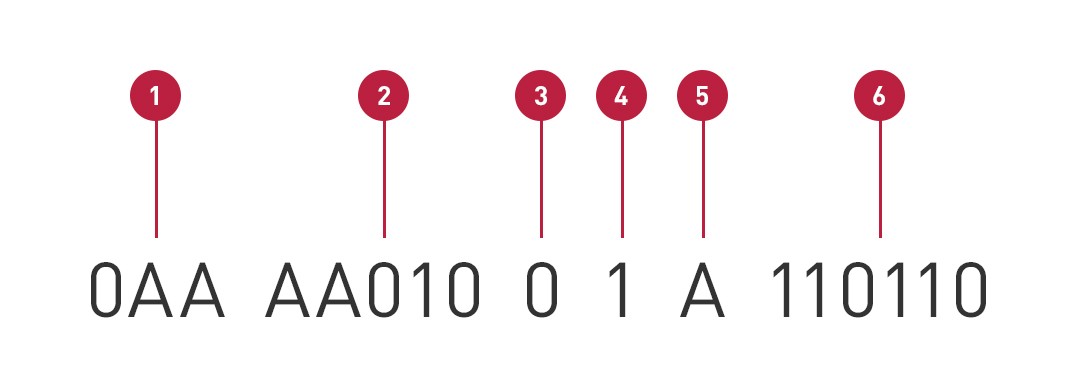 United States (English)
United States (English)
Shopping Cart
Empty Cart
Part No: {{entry.product.code}}
Quantity: {{entry.quantity}}
Total {{cartInfo.totalPriceWithTax.value | currency:"$"}}
Total {{0 | currency:"$"}}
 United States (English)
United States (English)
Part No: {{entry.product.code}}
Quantity: {{entry.quantity}}
Total {{cartInfo.totalPriceWithTax.value | currency:"$"}}
Total {{0 | currency:"$"}}
Asia Pacific
Europe, Middle East, Africa
 România (Română)
România (Română)
 European Union (English)
European Union (English)
 België (Nederlands)
België (Nederlands)
 Belgique (Français)
Belgique (Français)
 France (Français)
France (Français)
 Deutschland (Deutsch)
Deutschland (Deutsch)
 Italia (Italiano)
Italia (Italiano)
 Nederland (Nederlands)
Nederland (Nederlands)
 Polska (polski)
Polska (polski)
 Россия (русский)
Россия (русский)
 South Africa (English)
South Africa (English)
 España (Español)
España (Español)
 Україна (українська)
Україна (українська)
 United Kingdom (English)
United Kingdom (English)
 Česko (Česká republika)
Česko (Česká republika)
 United Arab Emirates (English)
United Arab Emirates (English)
North America
From fingerprints and driver’s licenses to social security numbers and passports, we all have many ways to prove our identity. Did you know that your vehicle has its own unique identifier? Much like your social security number, a VIN (Vehicle Identification Number) is a unique code that is assigned only to your vehicle – no two vehicles have the same VIN.
The auto industry started using vehicle identification numbers in 1954. For many years, there was no standard; manufacturers were free to use any format. Since standardization in 1981, all vehicles have been assigned a VIN that is 17 characters long – a combination of letters and numbers. To avoid confusion with the numbers 1 and 0, VIN numbers don’t use the letters I, O or Q.
On a majority of vehicles, you’ll find the VIN on the lower corner of the driver’s side dashboard. It will likely appear as a metal plate or sticker with the code engraved or printed on it. If you don’t find the VIN on the dashboard, it might be on the driver’s side door where it latches or in the glovebox.
Off the vehicle, you can find the vehicle identification number on a variety of papers associated with your vehicle. The VIN will be prominently displayed on your vehicle’s title, registration and insurance paperwork.

More than just a random series of letters and numbers, each vehicle identification number contains six pieces of information that tells the story of your vehicle.

Known as the World Manufacturer Identifier (WMI), the first three characters denote the country of origin or country where the vehicle was assembled and the manufacturer. The first digit/letter is the country of origin while the next two characters identify the manufacturer.
Identifies key features of the vehicle like the model, body style, engine and trim level.
The ninth character is a check number that verifies the VIN is a valid number and not a fake. Developed by the Department of Transportation, the number is result of a complex mathematical formula.
Indicates the model year of a vehicle (not the year it was delivered or sold).
Specifies the plant where the vehicle was manufactured.
Signifies a sequential production number.
With its handy VIN Decoder, the National Highway Transportation Administration (NHTSA) has taken all the guesswork out of figuring out what all the numbers and letters in a VIN mean. Simply enter your vehicle’s VIN and model year and you’ll learn all the information hidden in your vehicle’s vehicle identification number. It even has a function for verifying the check digit, which can be useful if you are considering purchasing a used or vintage vehicle.
Since VIN numbers are used to record anything that happens during the course of its life, vehicle identification numbers can reveal a wealth of information about a vehicle. Involved in an accident, stolen or has a salvage title? The information all gets recorded.
Using the number, a commercial service can search a variety of databases to find out things like if the car has been in a collision, how many owners it has had, if it has suffered flood damage, if the odometer has been rolled back or if it has been branded as a lemon. VINs are also used for tracking recalls and warranty claims. Typically called a vehicle history report, this information can be invaluable if you are considering buying a used vehicle.
When you apply for insurance, you’ll have to provide the vehicle’s VIN before getting coverage. The insurance company uses the information to give you an accurate quote. Mechanics and service shops also use your car’s VIN to ensure that they get the correct parts when repairing or servicing your vehicle.
When shopping for a used vehicle, be sure to look for the VIN plate. If you can’t find it or it appears to be altered, it is a warning sign to proceed with extreme caution. Finally, in the unfortunate event your car is stolen, the VIN is a vital piece of information the authorities need to confirm that they have recovered your vehicle.
Learn more about quality auto parts, find your car part, or find a local car repair shop today.
The content contained in this article is for entertainment and informational purposes only and should not be used in lieu of seeking professional advice from a certified technician or mechanic. We encourage you to consult with a certified technician or mechanic if you have specific questions or concerns relating to any of the topics covered herein. Under no circumstances will we be liable for any loss or damage caused by your reliance on any content.